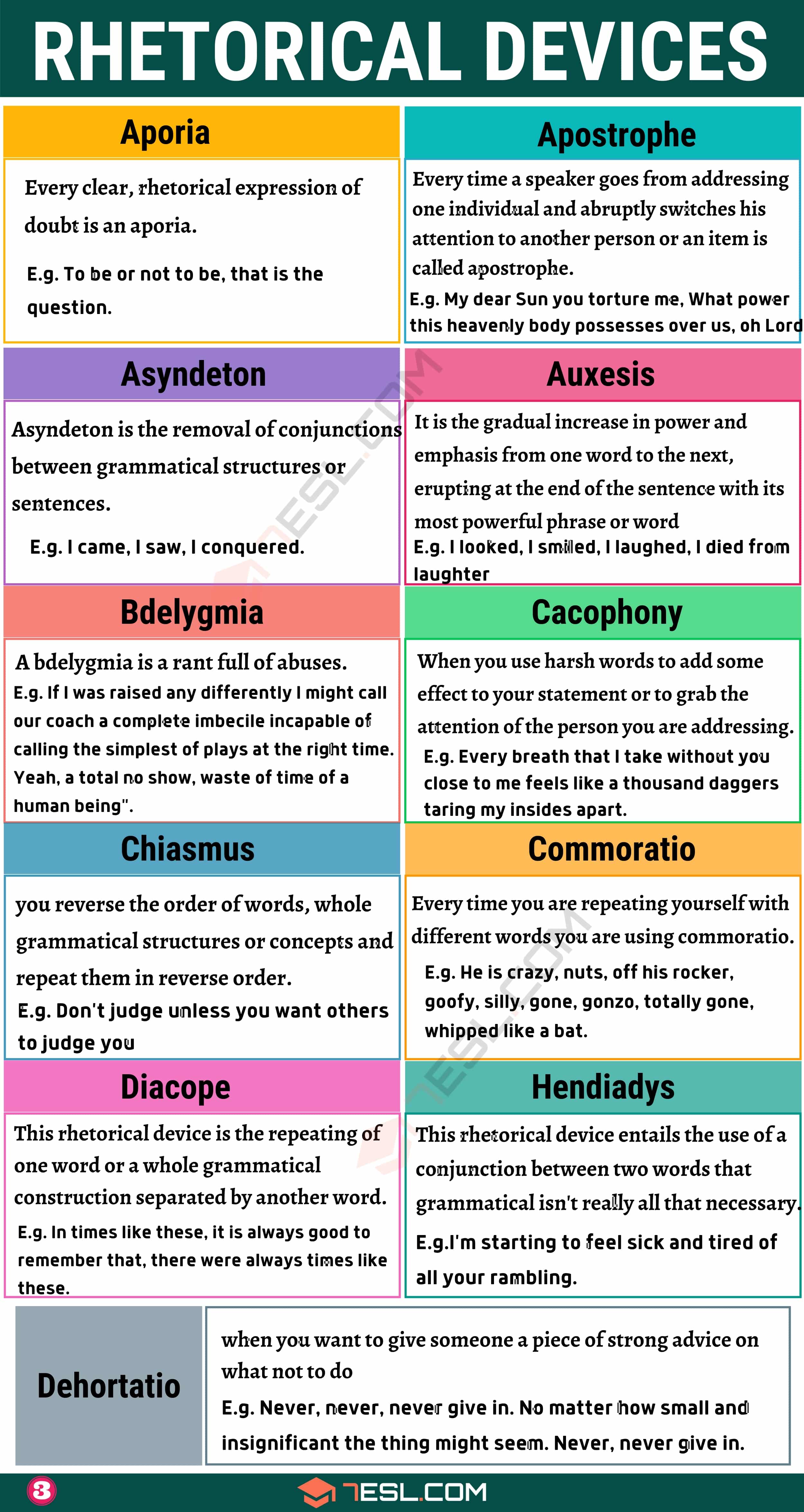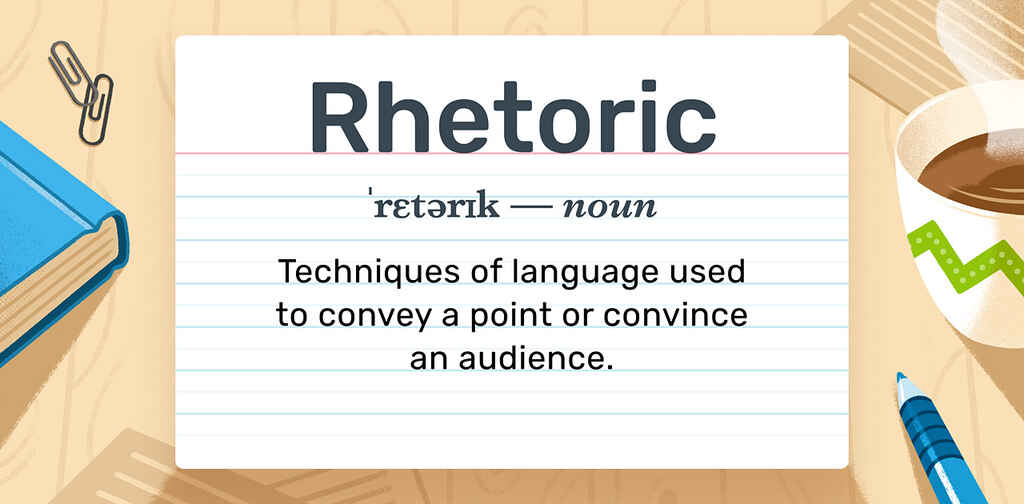What Are The 5 Main Rhetorical Devices You Must Know?
Common Rhetorical Devices
Keywords searched by users: What are the 5 main rhetorical devices Rhetorical devices, Rhetorical devices là gì, 5 rhetorical devices, rhetorical devices examples, rhetorical techniques, rhetorical devices list, Measures rhetoric, 5 rhetorical situations
What Are The 5 Ways Of Rhetoric?
In his work titled “De Inventione,” the renowned Roman philosopher Cicero elucidates the five fundamental canons of rhetoric, which serve as the foundational principles guiding effective communication. These five canons encompass the following aspects: invention, arrangement, style, memory, and delivery. Each of these canons plays a pivotal role in shaping persuasive and impactful discourse. To delve deeper into the topic of rhetoric, let’s explore the significance and application of these five canons.
What Is A Rhetorical Device 5 Points?
A rhetorical device can be described as a strategic tool or linguistic element employed by a speaker or writer to effectively engage and influence their audience. These devices serve multiple purposes, which include persuading individuals to take a particular action or gaining an advantage in an argumentative discourse. Rhetorical devices can take various forms, such as figurative language, persuasive appeals, or stylistic patterns. They are essential components of effective communication, allowing communicators to craft compelling narratives, shape opinions, and achieve their communication goals. This definition clarifies the concept and its relevance in effective communication, updated as of September 11, 2023.
What Is The Strongest Rhetorical Device?
What are the most powerful rhetorical devices available for enhancing communication? Here is a list of ten highly effective rhetorical devices that can greatly impact your message:
-
Cacophony: A rhetorical device that employs harsh or discordant sounds to create a jarring effect, often used for emphasis or to evoke a specific emotional response.
-
Euphemism: The use of mild or indirect language to convey a sensitive or unpleasant idea, making it more palatable to the audience.
-
Hyperbole: A deliberate exaggeration or overstatement for emphasis or to emphasize a point.
-
Irony: A rhetorical device where the intended meaning of a word or phrase is opposite to its literal or usual meaning, often used for humor or to convey a deeper message.
-
Onomatopoeia: The use of words that imitate the sounds they represent, adding vividness and sensory appeal to the text.
-
Oxymoron: Combining two contradictory terms to create a paradoxical effect, often used to highlight complex or conflicting ideas.
-
Personification: Attributing human characteristics to inanimate objects or abstract concepts, making them relatable and engaging for the audience.
-
Synecdoche: Using a part of something to represent the whole, or vice versa, for rhetorical effect and emphasis.
This comprehensive list provides insight into some of the most potent rhetorical devices available for effective communication. Each device serves a unique purpose, enabling communicators to engage their audience and convey their messages more persuasively and vividly.
Top 20 What are the 5 main rhetorical devices








Categories: Aggregate 76 What Are The 5 Main Rhetorical Devices
See more here: c3.castu.org

In De Inventione, he Roman philosopher Cicero explains that there are five canons, or tenets, of rhetoric: invention, arrangement, style, memory, and delivery.A rhetorical device is typically defined as a technique or word construction that a speaker or writer uses to win an audience to their side, either while trying to persuade them to do something or trying to win an argument.Rhetorical appeals are the qualities of an argument that make it truly persuasive. To make a convincing argument, a writer appeals to a reader in several ways. The four different types of persuasive appeals are logos, ethos, pathos, and kairos.
- 1- Anaphora: The repetition of a world or a phrase at the beginning of successive classes. …
- 2- Epiphora: The repetition of a word or phrase at the end of successive clauses. …
- 3- Anadiplosis: …
- 4- Polysyndeton: …
- 5- Parallelism: …
- Wrapping Up.
- Cacophony.
- Euphemism.
- Hyperbole.
- Irony.
- Onomatopoeia.
- Oxymoron.
- Personification.
- Synecdoche.
Learn more about the topic What are the 5 main rhetorical devices.
- 5 Rhetorical Devices That Will Take Your Writing … – Medium
- The Five Canons of Rhetoric
- Top 41 Rhetorical Devices For Speaking & Writing
- Rhetorical devices- Better writing with 10 most commonly used
- Rhetorical Analysis – Bryan – Blinn College
- Rhetoric-cheat-sheet.docx
See more: c3.castu.org/category/fashion